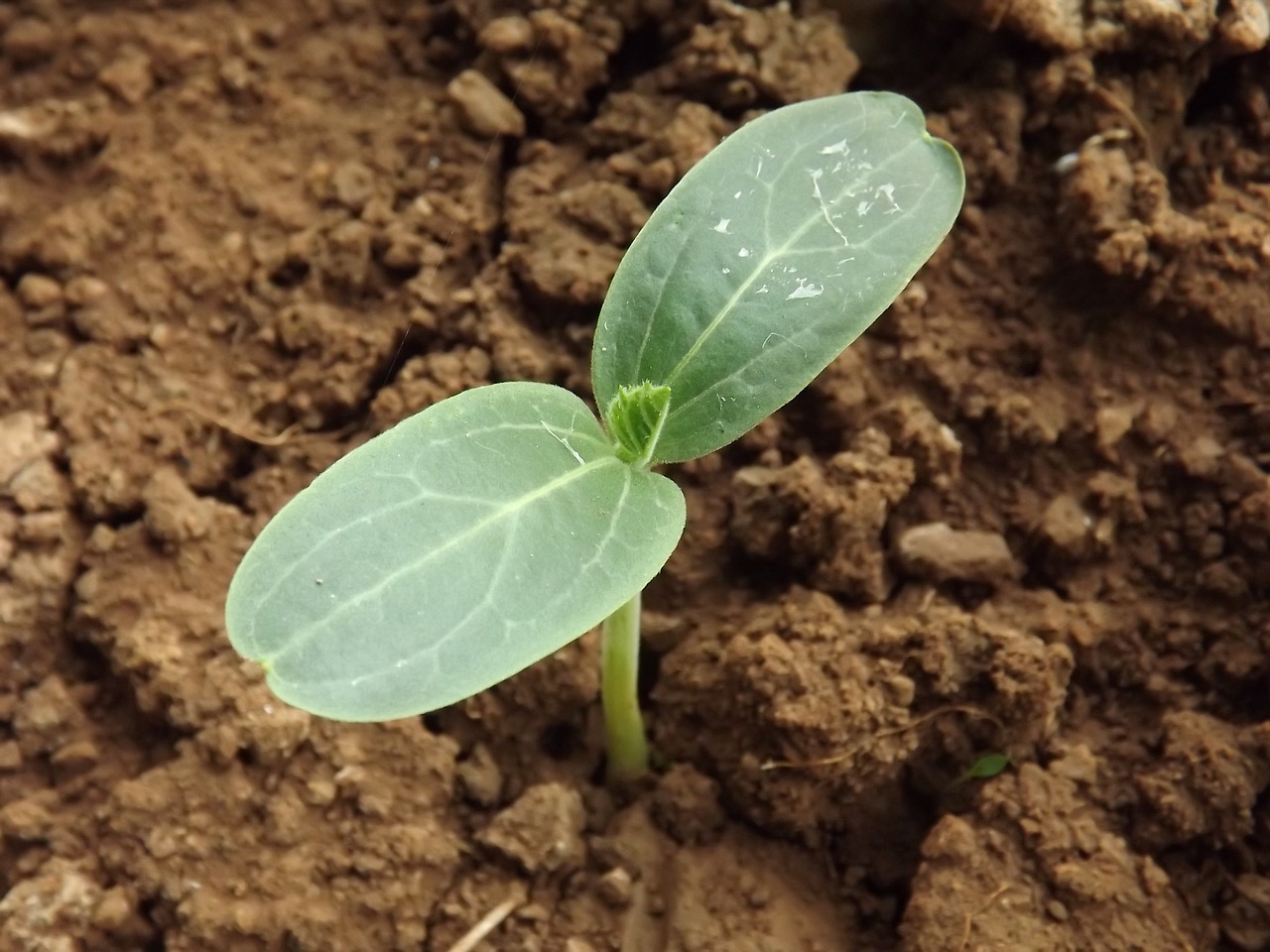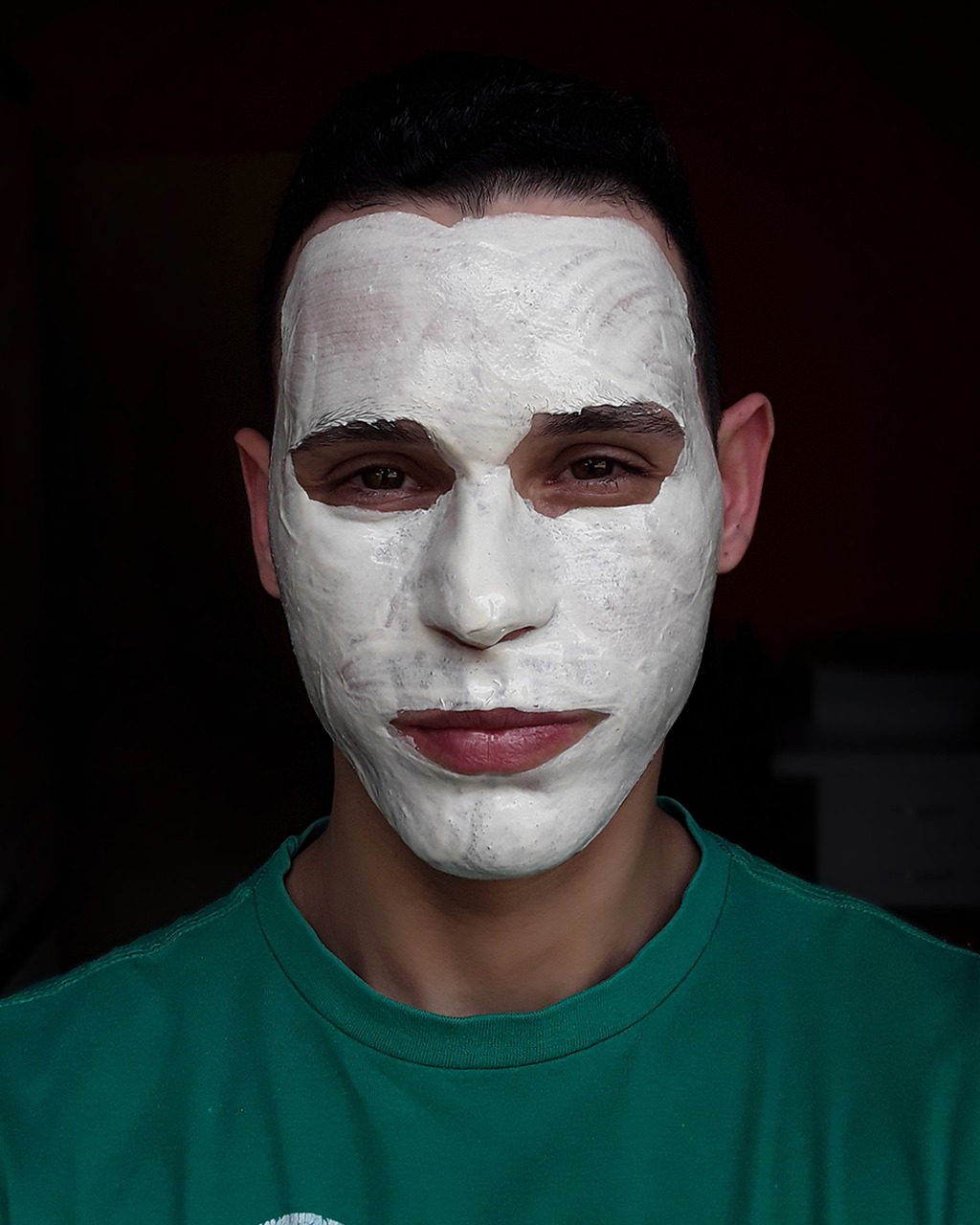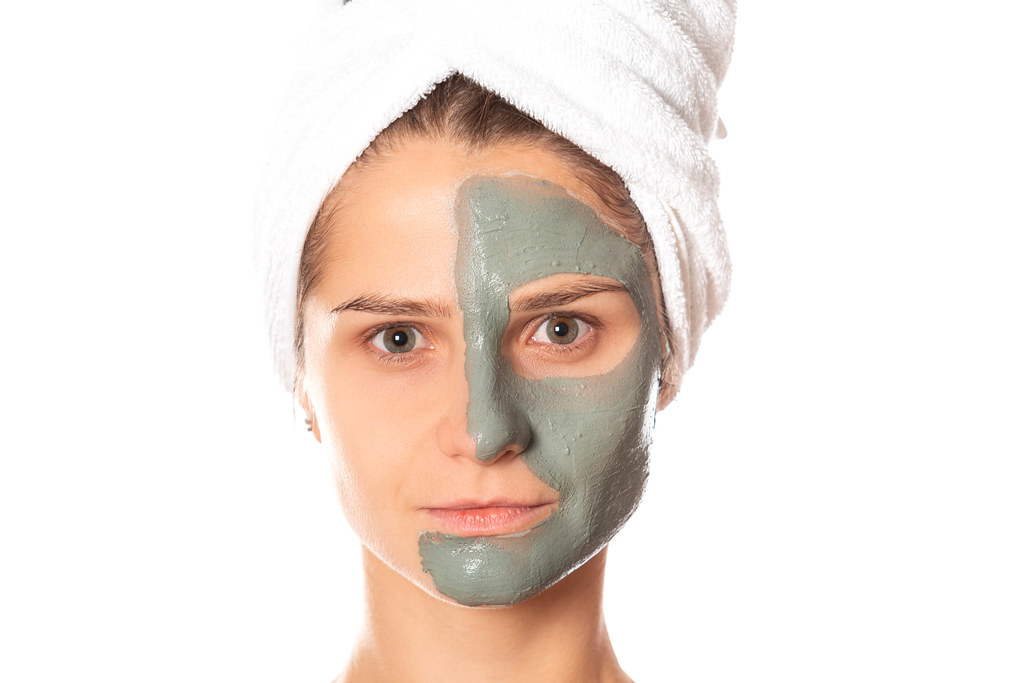Virtues of Green and White Clay
Summary
– What is clay?
– Virtues and forms of clay
– Clay: external use
– Use of clay for internal use
– Conservation of green or white clay
Used in cosmetology or to treat various ailments, clay is a natural product that is very useful in everyday life. In beauty masks, in poultice, or by oral intake, you’ll discover the various uses of this earth with multiple virtues in this post.
What is clay?

Clay is a material that comes directly from nature: a soft sedimentary rock extracted from quarries and dried in the sun. It has been used since the dawn of time for cosmetic and curative purposes.
This earth is rich in mineral salts and trace elements. It is mainly composed of alumina silicate (silica and aluminum) and contains iron, potassium, sodium, calcium, magnesium, etc.
Different types of clays are distinguished by their color: white, blue, red, pink, yellow… :
– It varies according to the chemical state of the iron in the soil.
– The most commonly used clay is green.
– In white clay or kaolin, the iron has been eliminated by rainwater runoff.
Good to know: green clay comes in two primary forms: green clay “illite”, collected in the north of our country, and green clay “montmorillonite”, or “green clay of Provence”, which comes from the south.
Virtues and forms of clay
The use of clay is justified by the many virtues it presents:
– it absorbs liquids and gases;
– it attracts toxins and allows them to be eliminated;
– It has an antiseptic and bactericidal action;
– it has healing and soothing properties.
Note: Man is not the only one to benefit from the advantages of clay! Many animal species take baths in this mud to benefit from its properties.
Clay is available commercially in different forms:
– dried, in powder: according to the fineness of its grains, it is declined in ultra-ventilated clay, in surfing (or ventilated) clay, and in fine clay;
– dried, in more or less coarse pieces (crushed clay, granulated clay…);
– in tubes or jars: the clay contained is in the form of a ready-to-use paste;
– in the form of capsules as a food supplement.
Clay: external use
As a mask or bandage

Clay can be applied directly to the skin:
– as a beauty mask, on the whole, face to rebalance oily or acne-prone skin: you must remove it before it has completely dried;
– on the scalp, in massage to regulate the production of sebum, to fight against the fatty hair, and to avoid the films;
– as a localized dressing to treat pimples, minor wounds or burns, abscesses, etc.
Good to know: clay can dehydrate the skin: it is therefore recommended to use it with vegetable oil on sensitive skin. White clay, which is softer than green clay, is preferred.
In cataplasm
To make a cataplasm, we use clay in crushed form. After rehydrating it by soaking it in a small amount of water for about an hour, we obtain a paste that we spread in a thick layer of about two centimeters on a cloth. It is applied to the area of the body to be treated, holding it in place with a bandage.
The cataplasms are indicated for example:
– to relieve painful joints;
– in the event of sprain or strain of the handle, of the ankle;
– on the regions which undergo an inflammation;
– to alleviate aches and pains, muscular fatigue, etc.
Use of clay for internal use
Clay can also be drunk to relieve various disorders. Dilute a teaspoon of clay powder in half a glass of water, and let it sit for at least half a day. It is then possible to consume only the cloudy water, leaving the clay deposit at the bottom of the glass. This option is widely recommended when starting a clay cure.
Another option is to drink the whole mixture, having taken care to shake it before drinking.
Indication of use
Taking clay helps fight against various ailments affecting digestion, such as heartburn, diarrhea, inflammation of the digestive tract, etc… It is helpful in case of infections (gastroenteritis, etc.) and indicated for chronic problems (functional colopathy, etc.).
Clay can also help fight against intestinal parasites and thus serve as a natural vermifuge.
Some precautions to take
Drinking clay is not recommended in case of high blood pressure or when taking medication in case of constipation for pregnant or breastfeeding women because it may reduce its effectiveness.
However, as a precautionary measure, anti-diarrheal drugs based on clays extracted from the soil, such as Smecta (domestic), should not be given to children under 2 years of age, due to the possible presence of lead, even if the treatment is of short duration.
Note: the consumption of clay and oils or fatty foods does not mix well; there is a risk of intestinal obstruction.
Conservation of green or white clay
Dry clay, stored away from humidity and light, has an unlimited shelf life. In the form of a paste, it dries if it is in contact with air.
Good to know: Store-bought preparations should be tightly closed after use. It would be best if you store homemade recipes in airtight containers.


